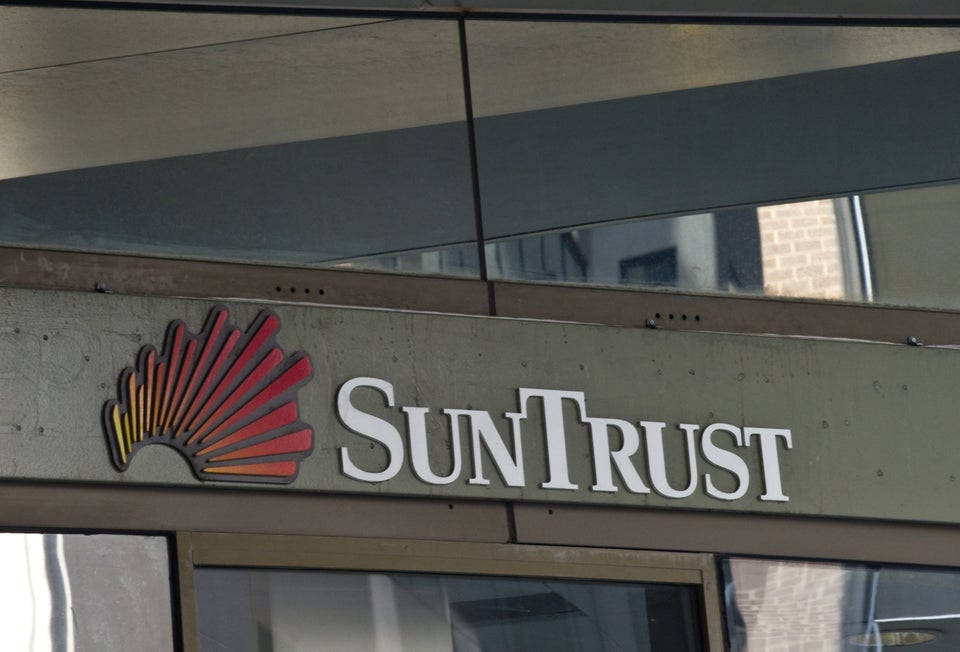
By Peter Rudegeair
July 12 (Reuters) - Unexpectedly large quarterly profits at JPMorgan Chase & Co and Wells Fargo & Co hide a more worrisome forecast for the rest of the year for many U.S. banks. Things could get worse before they get any better.
Wells Fargo's profit was buoyed in the second quarter by consumers rushing to refinance their mortgages and buy new homes, driven by record low interest rates and a recovering housing market. JPMorgan's mortgage lending helped the bank for much of 2012, and second-quarter results this year were by some measures strong too - it made more loans, even if its pretax profits from lending fell 37 percent.
But mortgage lending is likely to be less of a support for banks going forward, as the U.S. Federal Reserve has started talking about tapering off its massive bond-buying program and borrowing rates for home loans have jumped. Thirty-year mortgage rates rose to 4.58 percent at the end of the second quarter, up 0.82 percentage point from the first quarter.
Executives from both banks, which between them make one in three U.S. home loans, said on Friday that mortgage lending volumes would decline in the coming months and so profits from the business would fall. JPMorgan Chief Financial Officer Marianne Lake said rising mortgage rates could slash volume by 30 percent to 40 percent. That would result in a "dramatic reduction in profits" in the business, JPMorgan Chief Executive Officer Jamie Dimon said.
At the same time economic growth has not ramped up enough for the rest of these banks' businesses - such as small business loans and credit cards - to make up for the loss of that income. There may be a lull between the drop-off in mortgage lending and the boost to other forms of revenue from an improving economy and higher long-term interest rates.
"If the economy is getting stronger, it's not manifesting itself in terms of balance sheet growth of the banks," said Christopher Mutascio, a banking analyst at Keefe, Bruyette & Woods. "Mortgage headwinds are a bit more instantaneous, and the pick-up in the other business lines may take some time."
A more complete outlook for the banking industry will emerge next week when both Citigroup Inc and Bank of America report their earnings.
"NO GROWTH" IN THE MORTGAGE BUSINESS
The looming problem is not lost on the banks and could lead to further cost cutting as they try to bridge the gap.
JPMorgan's Lake said depending on market conditions the bank could accelerate its previously announced cost-cutting targets. In February, the largest U.S. bank had said it planned to cut 17,000 jobs by the end of 2014, or roughly 6.6 percent of its workforce. The job cuts were largely targeted at areas such as mortgage banking and retail banking.
To some extent, banks' mortgage businesses have built-in hedges in the form of income from collecting payments on home loans. As rates increase and fewer homeowners refinance their mortgages, banks earn more from collecting payments on existing loans.
But mortgage lending revenues dwarfs servicing revenues at present at many banks. At Wells Fargo, for instance, servicing accounted for just 4 percent of fee income in the second quarter, compared to 22 percent for mortgage lending.
Though servicing income does provide a bit of a natural balance, it should not be viewed "to dollar-for-dollar offset any reduction in revenues from the origination side of the business," Wells Fargo's Chief Financial Officer Tim Sloan said.
Wells Fargo also signaled that its streak of seven consecutive quarters of making more than $100 billion of home loans is likely coming to an end soon.
"We just don't think that we are going to see $100 billion of mortgage volume, given the current rates today, in the third quarter," Sloan said. "We will need to go ahead and make some adjustments."
Across the U.S. market, refinancing activity fell 44 percent in the second quarter, according to data from the Mortgage Bankers Association. At Wells Fargo, refinancing made up 56 percent of all mortgage loans in the second quarter and over 60 percent of mortgage loans for the preceding four quarters. At JPMorgan, refinancing made up around three-fourths of all home loans in the past year.
"There's no growth in their mortgage business, and their mortgage application pipeline is down," said Oliver Pursche, president of Gary Goldberg Financial Services, which has $650 million in assets under management.
OTHER LOANS COULD PICK UP THE SLACK, OVER TIME
To be sure, continued economic recovery will contribute to earnings in more immediate ways as well: It will allow banks to set aside less money to cover loan losses, and dip into existing reserves. In the second quarter, JPMorgan released $1.5 billion from its loan loss reserves. Wells Fargo released $500 million and said it expected more in the coming quarters if the economy continues to grow.
For its part, Wells Fargo is confident that its diversified business model will allow it to prosper over time, if not every single quarter.
"The mortgage horse has been a big, strong horse. We've got 89 other horses that are going to be able to grow," Sloan said, referring to Wells Fargo's stagecoach logo.
But growth in other businesses such as commercial and consumer loans that are expected to eventually make up for lost mortgage revenues are yet to materialize.
Total loans at JPMorgan fell by $3 billion to $725 billion in the second quarter, while total loans at Wells Fargo rose only $2 billion to $802 billion - both compared with the first quarter.
Consumer loans were up only $250 million in the second quarter at Wells Fargo, and the bank's commercial clients did not exhibit any increased demand for credit.
"I wish they were, but unfortunately not. When you look at (credit) line usage in the commercial side, it has been pretty stagnant for a bit," Sloan said. "There's no question there's going to be a bit of a lag effect as it relates to stronger commercial loan growth." (Reporting by Peter Rudegeair in New York; Additional reporting by Lauren Tara LaCapra in New York; Editing by Paritosh Bansal and Lisa Shumaker)

